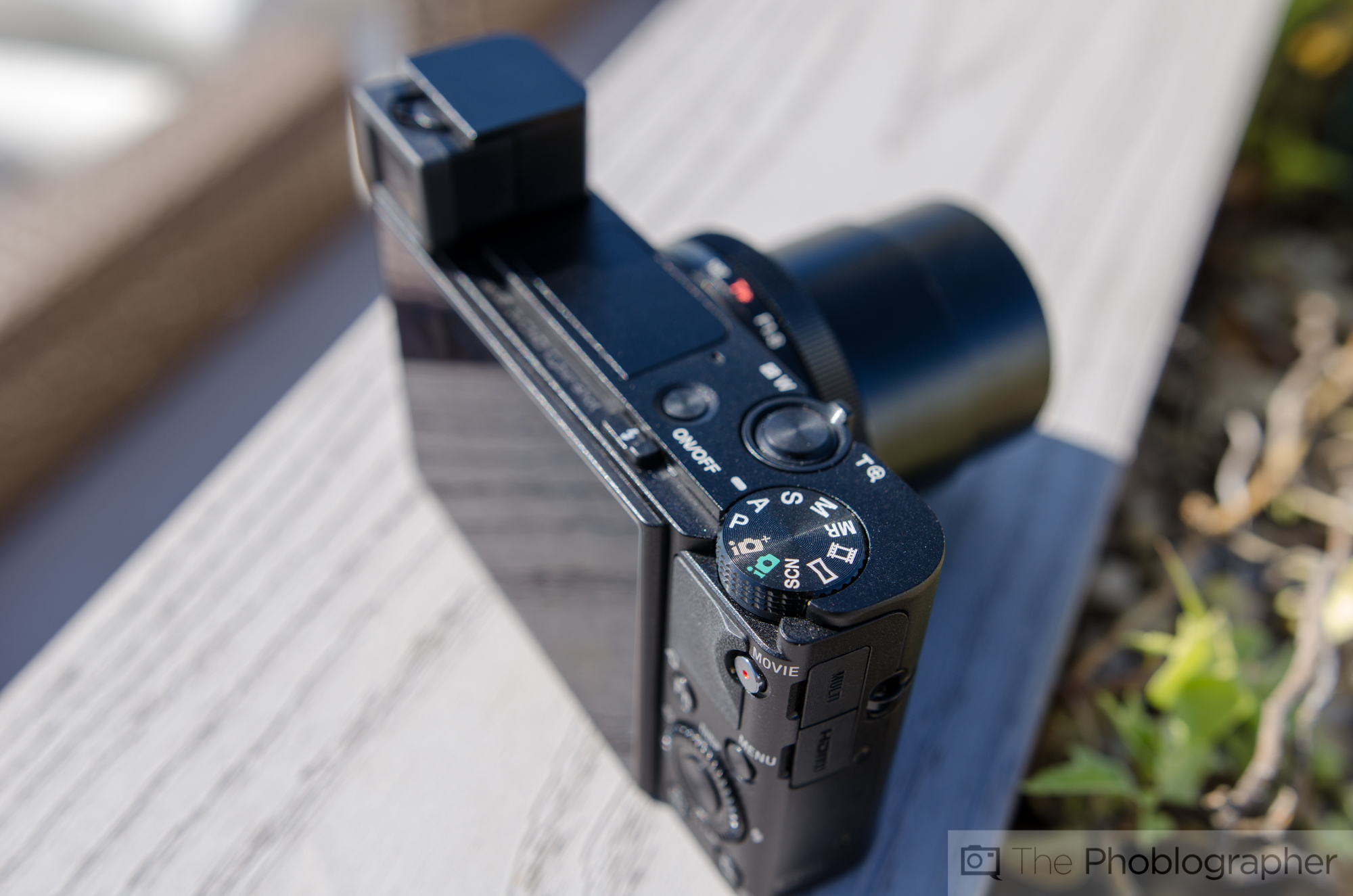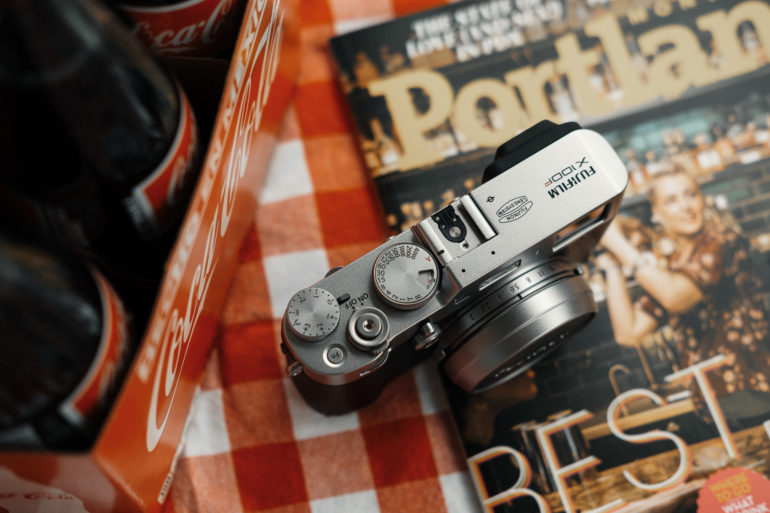Last Updated on 07/20/2017 by Chris Gampat
Point and Shoot cameras, once a staple of the middle-class family, has now largely been replaced with high-quality smartphone-based cameras. But there is still a good portion of the population who likes to have a standalone camera in their bag for when the smartphone doesn’t cut it, and those situations do exist. Smartphones aren’t nearly as versatile as a point and shoot camera with a zoom lens, nor do they offer the image quality or low light performance of a fixed prime lens compact point and shoot. But some of you may be asking yourselves how to choose your first good point and shoot camera? That is what we are here to answer for you today.
There is one last vestige for the point and shoot, a place that – for now anyway – the smartphone can’t touch – the high-end point and shoot segment. Simply put, despite them still being available on the cheaper end of the spectrum, it’s hardly worth buying a point and shoot these days that is under $500 or so. At that point, anything less than that will only be marginally, if at all, better than your smartphone. So you might as well save your money and get a good high-end point and shoot, or cut your budget back and just look into smartphone accessory lenses.
But back to the point, picking your first good point and shoot camera. Let’s get into it…
Image Quality or Versatility?
Similarly to interchangeable lens camera systems, there is a quality difference between the optics in a fixed (prime) lens and a zoom lens. That is not to say one is better than the other for every photographer in every situation. For example, I doubt you would find yourself shooting something and thinking to yourself, ‘Wow, I wish I had gotten the fixed lens. This zoom lens quality is lacking,’ or vice-versa.
However, in general, the fixed lens options offer a better image quality due to the finely tuned and optimized manner in which the manufacturers can pair the lens perfectly with the sensor. But on the flip side, just as with prime lenses on interchangeable lens cameras, that fixed frame of view can be more limiting than some photographers would like.
Zoom lens point and shoots offer an extremely increased level of versatility, being able to change your frame of view, zooming in and out. But that comes at a somewhat reduced score on the image quality front.
So you need to decide which is more important to you based on how you see yourself using the camera. Then weigh the list of cameras you are considering with more options featuring that design choice accordingly.
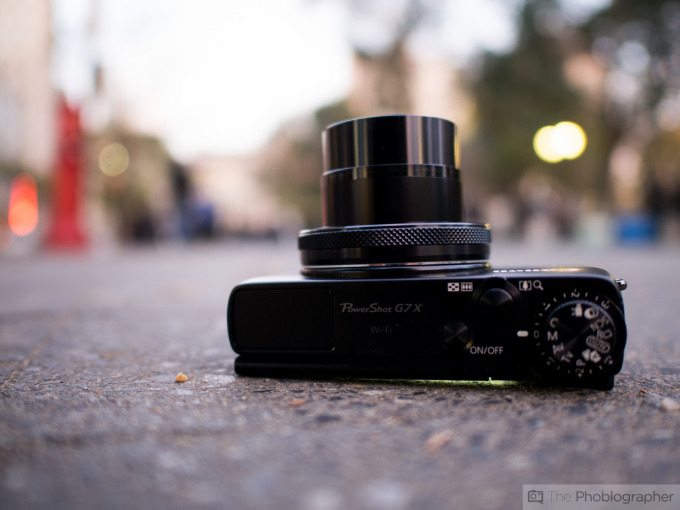
Pocketability and Ease of Transport
How do you plan on carrying this point and shoot camera around with you? Are you the type to throw it in a bag or on a strap? Or are you more likely to want to put it in your pockets? This is a major consideration because it determines how big your point and shoot camera can be. Larger compact point and shoot cameras offering the highest image quality and best features also come with the largest footprint. Most of these are not compact enough for your pants pockets, and some can work in a coat pocket – but that will likely be an annoyance to someone looking for a truly pocketable camera. Something like [amazon_textlink asin=’B01N33CT3Z’ text=’Fujifilm’s X100 series’ template=’ProductLink’ store=’thephobl-20′ marketplace=’US’ link_id=’6246a10f-6be8-11e7-be10-7dfa75e54d38′] cameras is a good example of this: great features and image quality, but not quite pocketable.
On the other end of the spectrum, the cameras with zoom lenses often pack down to a more pocketable and manageable size, thanks to collapsing lens designs. These can usually easily fit into your pants pocket (yes, there will be a bulge, and no we aren’t happy to see you), making them really convenient to just grab and go when you want a higher quality solution than your phone can provide.
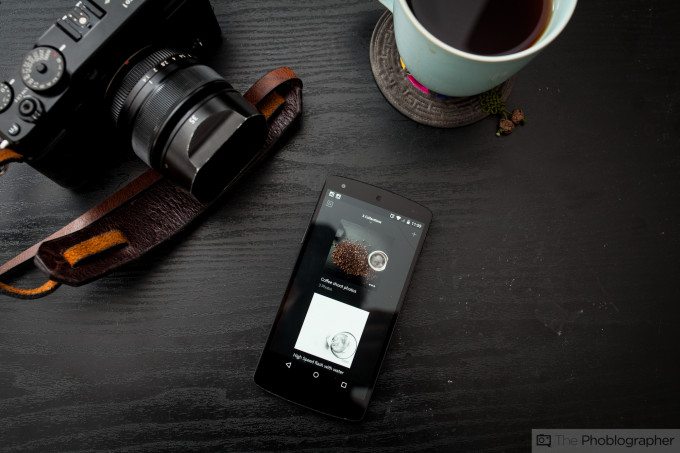
Connectivity
Let’s be honest here folks, if you are out and about and you take a killer image, you may want to throw it up on Facebook or Instagram while you are still on your outing. The most high-end point and shoots these days have some form or another of wireless connectivity to pair with your phone allowing for the transfer of images from camera to phone. But the quality of that connection, its ease of use, and the type of connection itself is different with each option you may be considering.
Wireless is the standard, and basically, this works by the camera emitting a WiFi signal your phone can connect to. Then using an app of some kind, provided by the camera maker, you are able to transfer images from your camera to your phone. However, in crowded places, this can be slow and maybe not even possible, and often to transfer can be slow.
NFC is the newer tech for these sort of transfers, and unlike the complicated process for setting up the WiFi connection, all you have to do with NFC is tap the devices together at the designated locations. It’s fast and easy to use, overall a much better solution than WiFi in most implementations.
Bluetooth is also used, but more so for transferring data from the camera to the phone. Its range is too limited and bandwidth too low to send images quickly enough for most people, so it’s great to have this feature, but as far as transferring images on the go it’s not entirely relevant to the other two methods mentioned above.
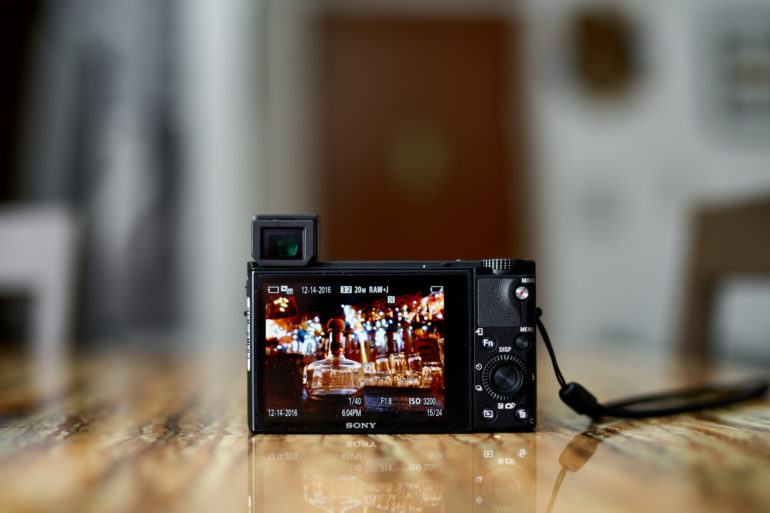
EVF or LCD
Another big differentiator between cameras in the high-end point and shoot segment is the addition of an electronic viewfinder (EVF) or not. Many of these cameras just use their rear LCD screen as the primary way that you will see your composition and interact with camera menus and options. However, in bright daylight conditions it can sometimes be hard to see these screens, in the same way that you may have a hard time viewing your phone on a bright day while outside.
The addition of an EVF allows you to look into a viewfinder like you would on a larger interchangeable lens camera. A benefit of this being that bright daytime conditions are not a worry, but the downside is usually a battery life hit of some kind vs a camera without an EVF.
However, there is also a sort of middle ground, where some of these higher end point and shoots that don’t have a built in EVF do have access to an accessory EVF. These are often connected to the camera via the hot shoe and basically function like an EVF that is built in, except that you only have to see it when you want to use it. The downside is this is an additional cost, and not an insignificant one either, as well as they just look silly in our opinion. That said if you are finding that you really like camera X, but it doesn’t have an EVF built in and you want the options of using one, this can be a compromise that you find acceptable.
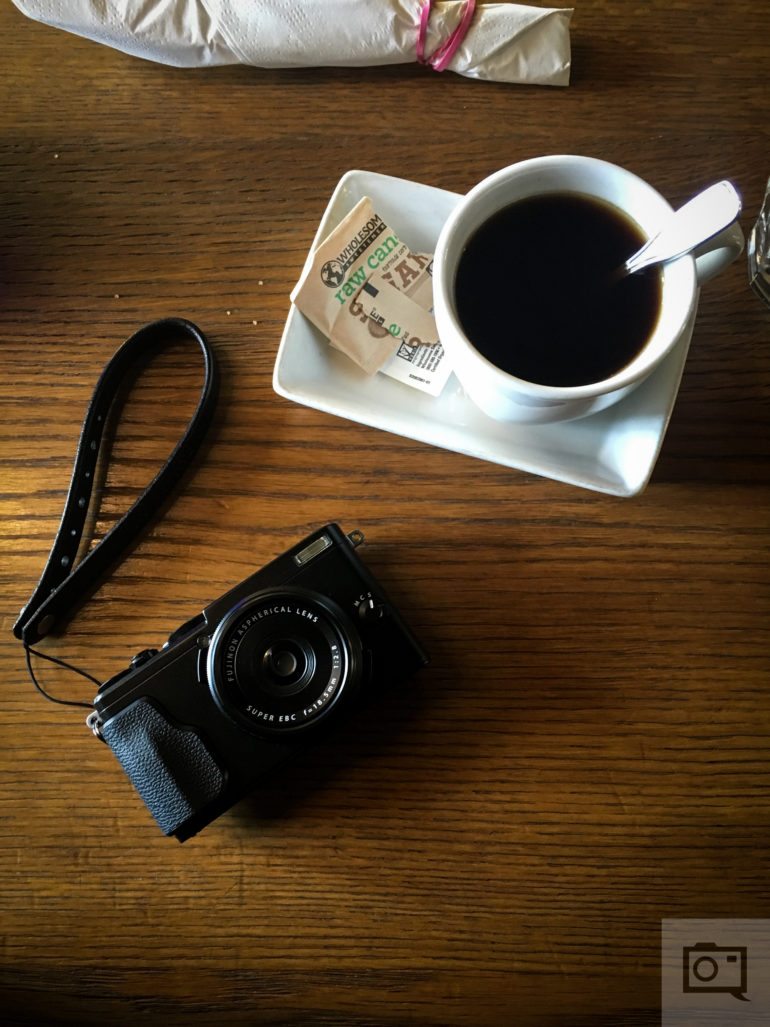
Some Recommendations
So now that we have gone over what we think is worth considering when investigating your first good point and shoot camera, it’s time to give some recommendations. Now, obviously there are more options out there than these, and you should do your research, but for the majority of you, we think one of these options will likely do the trick nicely.
- Sony RX100 Mk V – [amazon_textlink asin=’B01MCRBY4X’ text=’Sony RX100 Mk V’ template=’PriceLink’ store=’thephobl-20′ marketplace=’US’ link_id=’d4867bff-6be7-11e7-b455-3584eb6d2710′] (Our Review)
- Canon G7X Mk II – [amazon_textlink asin=’B01BV14OXA’ text=’Canon G7X Mk II’ template=’PriceLink’ store=’thephobl-20′ marketplace=’US’ link_id=’dce76958-6be7-11e7-bda2-73fb2aa23067′] (Our Review)
- Fujifilm X70 – [amazon_textlink asin=’B019Y5UBPU’ text=’Fujifilm X70′ template=’PriceLink’ store=’thephobl-20′ marketplace=’US’ link_id=’e51deb5f-6be7-11e7-be20-45e0929aa0cc’] (Our Review)
- Fujifilm X100F – [amazon_textlink asin=’B01N33CT3Z’ text=’Fujifilm X100F’ template=’PriceLink’ store=’thephobl-20′ marketplace=’US’ link_id=’ed3636fd-6be7-11e7-87e7-83da90c9ab89′] (Our Review)
- Sony RX1 R II – [amazon_textlink asin=’B016N39J0O’ text=’Sony RX1R Mk II’ template=’PriceLink’ store=’thephobl-20′ marketplace=’US’ link_id=’00b6bd62-6be8-11e7-a882-7b9be794577a’] (Our Review)
- Ricoh GR II – [amazon_textlink asin=’B00ZY9JJEU’ text=’Ricoh GR II ‘ template=’PriceLink’ store=’thephobl-20′ marketplace=’US’ link_id=’283620f6-6be8-11e7-b04a-a1b65d4a15f9′](Our Review)


